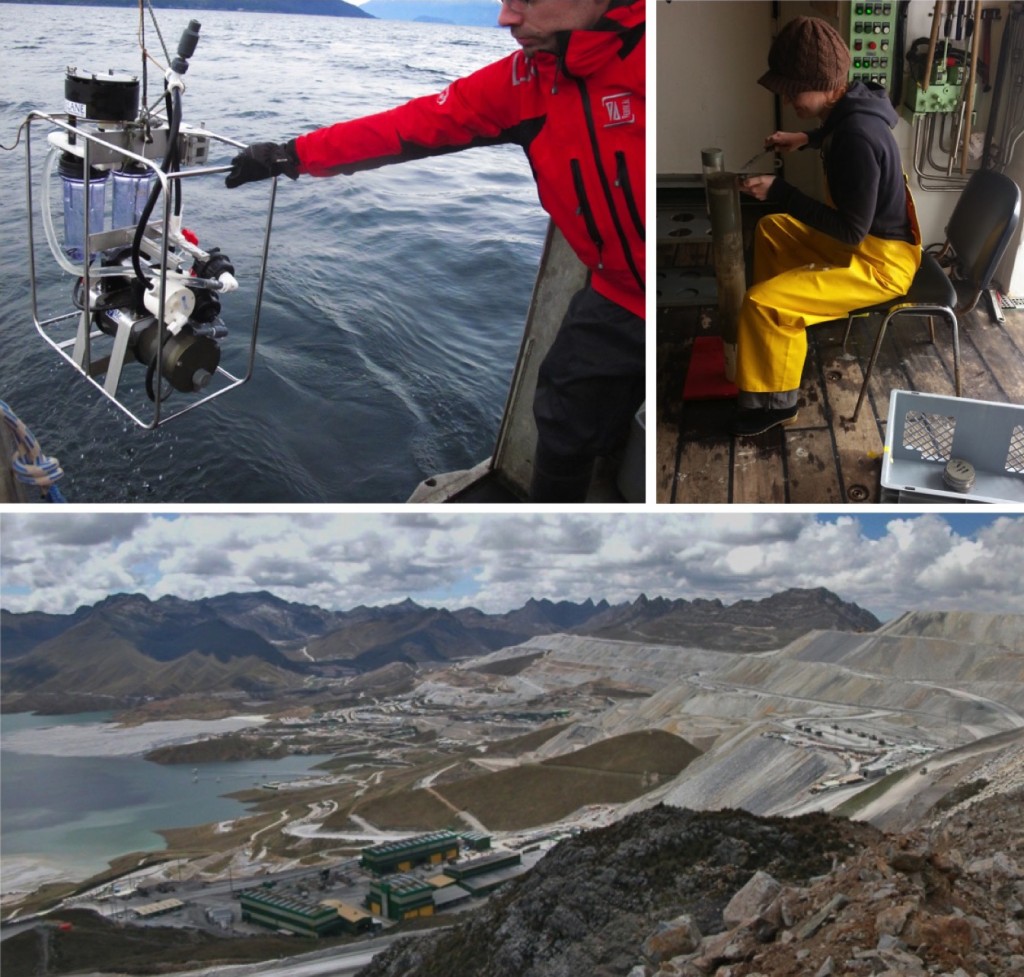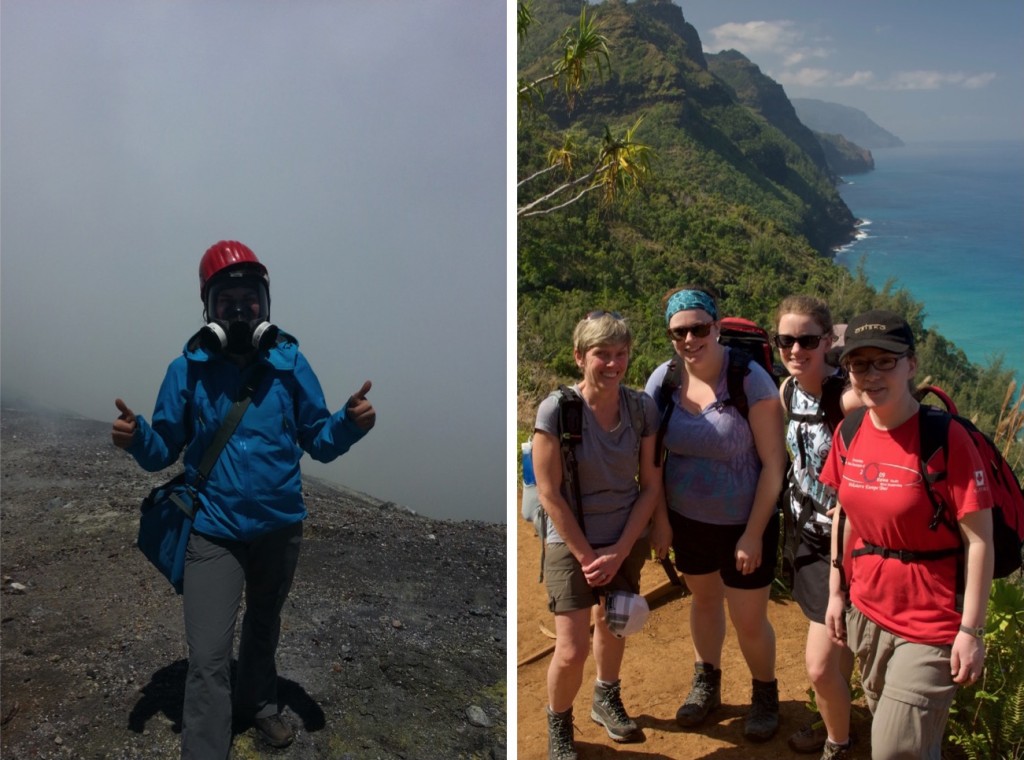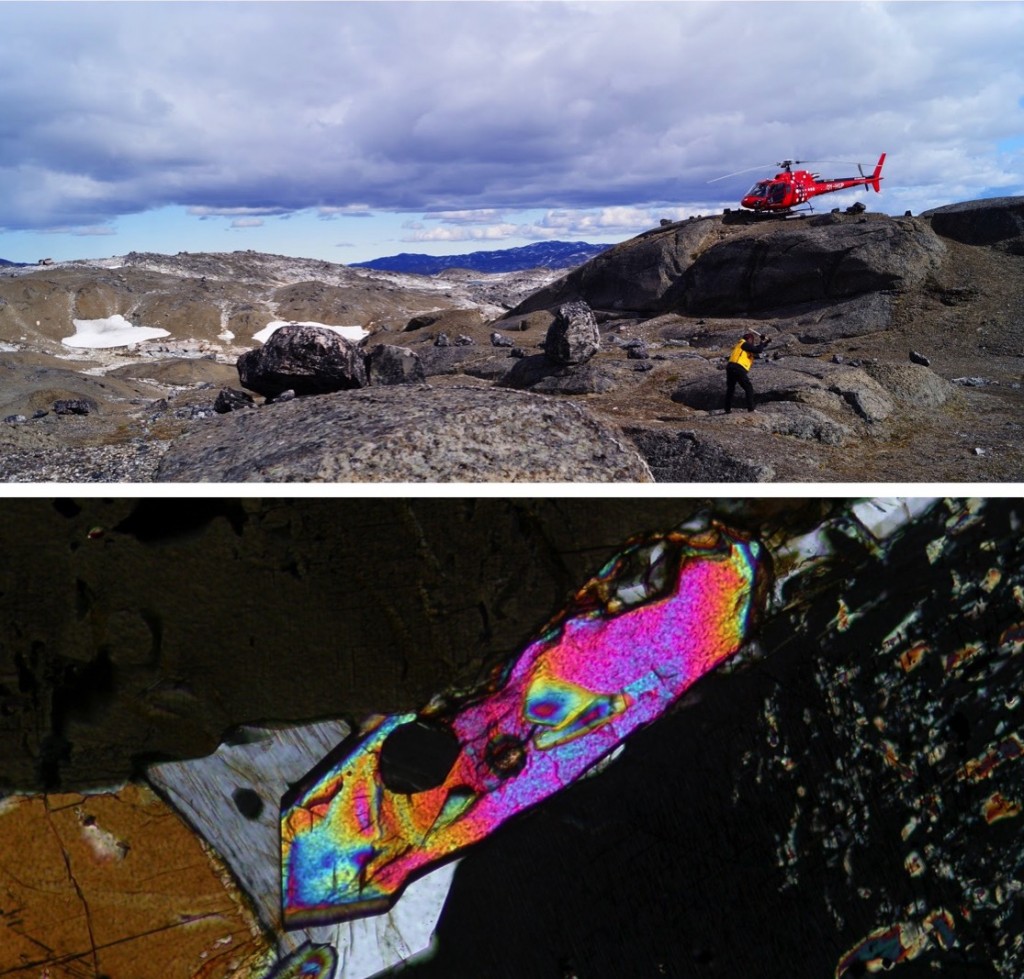Geochemistry provides tools for the fundamental understanding of our planet and has numerous applications to the environment, global change, natural resources, human health and natural hazards.
MAGNET trainees worked on a wide range of research projects in geochemistry and applied geochemistry under the guidance and mentorship of our team of leading scientists, collaborators, and industry partners. The projects were encompassed within MAGNET’s three research themes: Fragile Ecosystems, Windows into the Earth, and Hidden Resources.
Geochemical tools contribute to the detection and remediation of anthropogenic impacts on the environment by tracing the sources and migration of contamination in the soil, groundwater, and atmosphere. Current MAGNET research includes: Mo and Zn isotopes to study metal release from mine waste; Regional and global atmospheric deposition of contaminants; Nd isotopes in sediments as a proxy of paleocirculation; Hg isotopes in forest ecosystems; Si cycle in modern and past oceans; Mobility of trace metal pollutants in soils; Assessment at oil refinery and spill sites to detect CO2 efflux; Ca and Mg isotopes as groundwater tracers at the site of a planned deep geologic repository for nuclear waste; Cr isotopes to monitor groundwater contamination and as a paleo-proxy.
The chemical and physical processes that occur within the Earth’s crust and mantle often remain hidden and difficult to investigate. Recent geochemical studies ranging from volcanic emissions and shallow magma chambers to deep mantle plumes have provided valuable information about the nature of the subsurface.
Geochemistry is a major contributor to mineral exploration programs at all scales, and the development of new geochemical techniques has allowed exploration activity to expand in previously under-explored terrains, including those characterized by thick regolith cover.
Overall, the “Windows into the Earth” research theme made up 30% of all MAGNET projects. Trainees explored faults, volcanoes, massifs, mafic layered intrusions and mantle plumes from around the world. The overarching goal of this theme was to constrain the composition, structure, formation and evolution of the Earth’s crust and mantle. The “Hidden Resources” research theme had a proportionally smaller but significant role in MAGNET, making up approximately 15% of the projects. Trainees examined several phosphate, copper, zinc and platinum group element (PGE) deposits in Canada and the United States. Research focused on understanding how these deposits formed, with the ultimate goal of enhancing the exploration and discovery of new mineral resources. The “Fragile Ecosystems” research theme was the largest, representing almost half of all projects (47%). Trainees investigated contaminants like mercury, lead and hydrocarbons in the air, soil and water, involving a variety of biological communities from microbes to honey bees to salmon. Research goals included tracking sources of pollution, quantifying anthropogenic contributions, and mitigating impact on the environment. Further demonstrating the multidisciplinary and adaptive nature of the program, several projects also included analytical and archaeological applications (8%).








 Site by Sprout Creative
Site by Sprout Creative